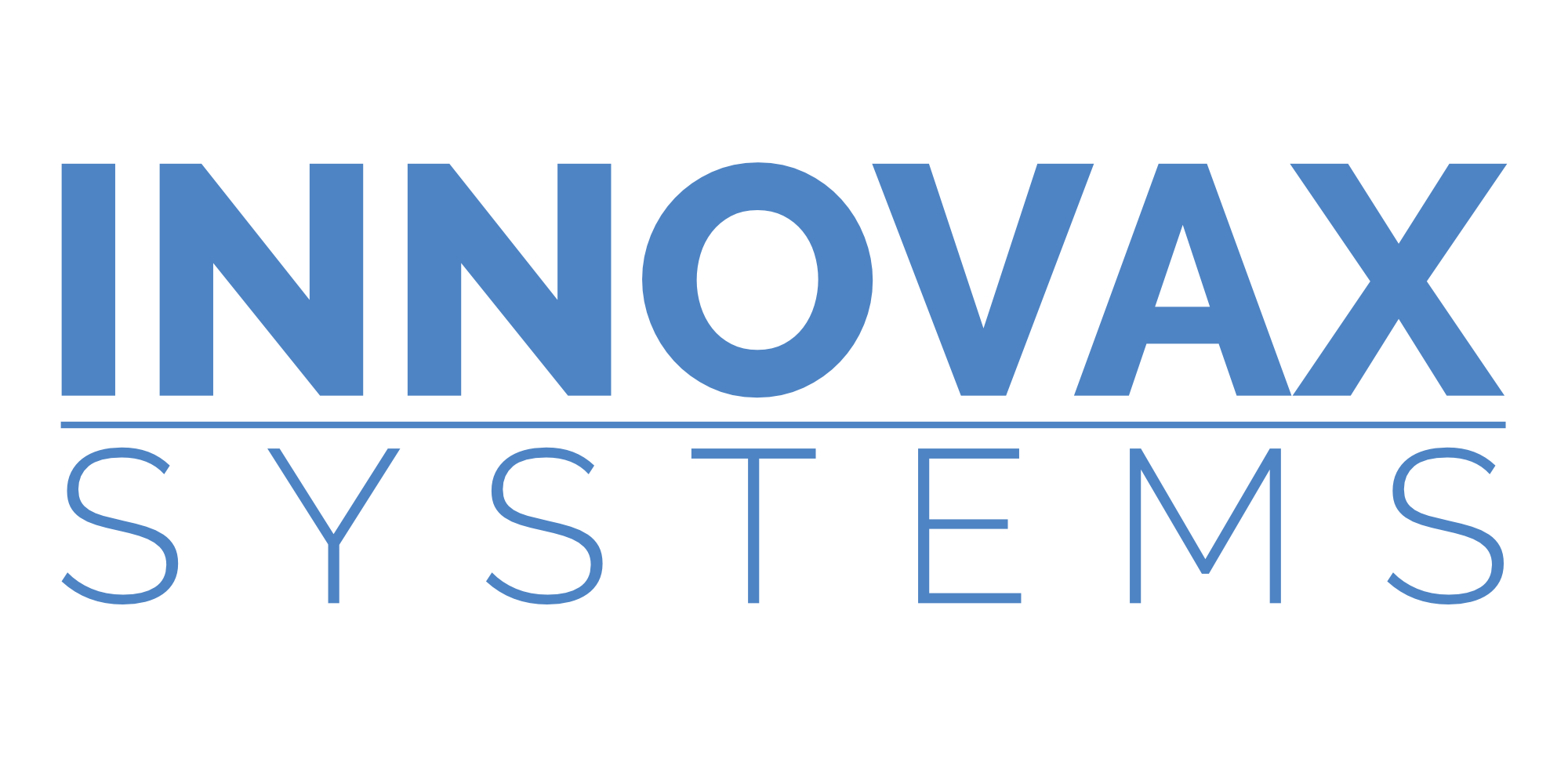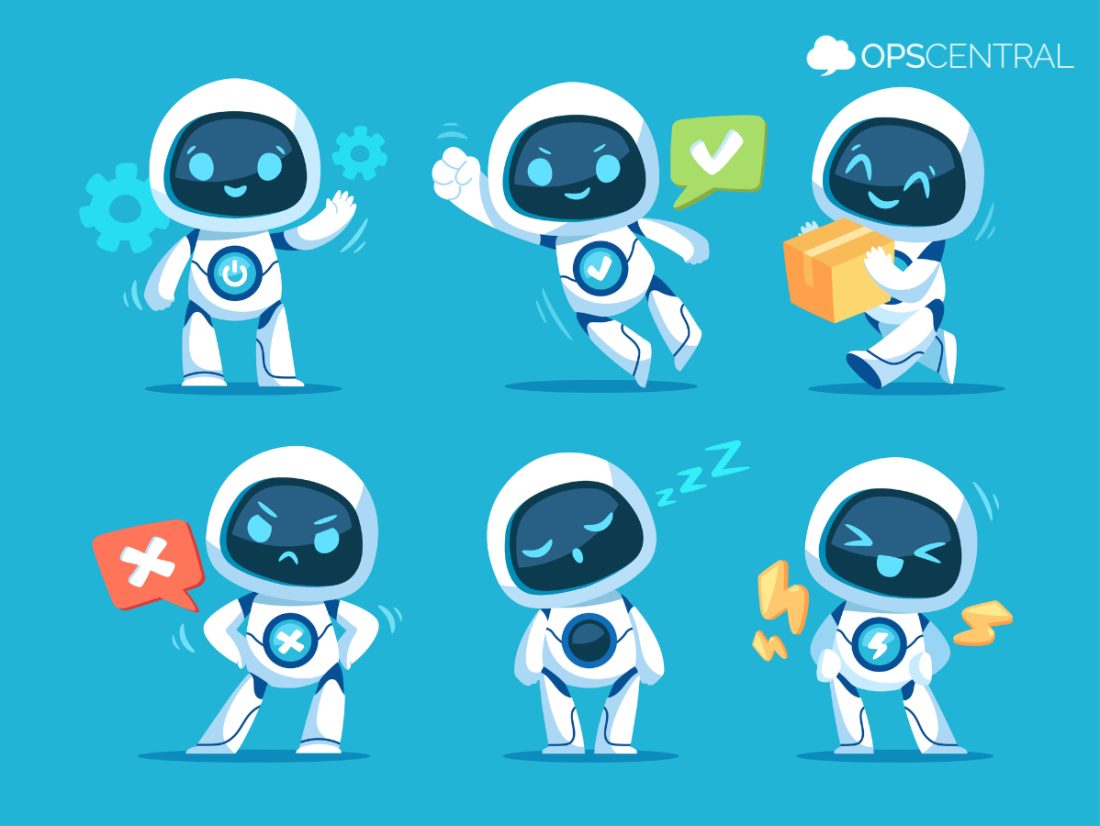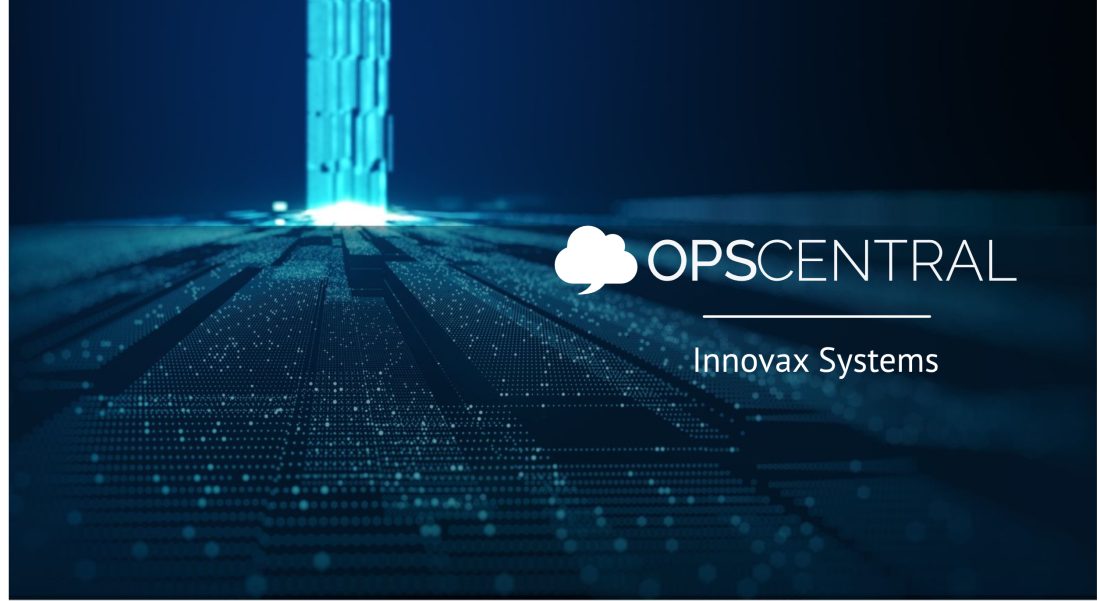When it comes to digital marketing, email remains a powerful tool for businesses to connect with their audience. However, with the rise of omnichannel marketing, the integration of email into a cohesive strategy has become essential for sustained success. An omnichannel email marketing plan ensures a seamless and consistent customer experience across various touchpoints, fostering engagement and driving conversions.
Read on to explore the key components of a successful omnichannel email marketing plan, unraveling the intricacies that contribute to a dynamic and effective strategy.
Customer segmentation and personalization
The foundation of a successful omnichannel email marketing plan lies in understanding your audience. Customer segmentation involves categorizing your subscribers based on various criteria such as demographics, behavior, and preferences. By dividing your audience into distinct segments, you can customize your email content to resonate with each group’s specific needs and interests.
Personalization takes segmentation to the next level by delivering content that speaks directly to an individual. Utilizing customer data, such as purchase history, browsing behavior, and interactions with previous emails, enables you to create highly targeted and personalized email campaigns. Personalized emails not only capture attention but also enhance customer engagement and satisfaction.
Integration with other channels
Omnichannel marketing emphasizes a seamless and integrated experience across all customer touchpoints. Therefore, incorporating email into a broader marketing strategy that includes social media, mobile apps, and other channels is crucial. Consistency in messaging and branding across various platforms reinforces your brand identity and enhances the overall customer journey.
For example, a customer might receive an email promotion and later encounter a related social media post or targeted advertisement. This cohesive approach creates a unified brand experience, increasing the likelihood of conversion. Integration also enables data sharing between channels, allowing for a more comprehensive understanding of customer behavior and preferences.
Responsive design for mobile devices
As mobile devices continue to dominate online interactions, optimizing email campaigns for mobile responsiveness is non-negotiable. A significant portion of your audience is likely to access emails on smartphones or tablets, and a poor mobile experience can lead to missed opportunities and frustrated subscribers.
A successful omnichannel email marketing plan prioritizes responsive design, ensuring that emails display correctly and are easily navigable on various screen sizes. Mobile-friendly emails not only enhance user experience but also contribute to higher open and click-through rates.
Automated workflows and triggered campaigns
Automation is a game-changer in the world of email marketing, allowing businesses to deliver timely and relevant content without manual intervention. Automated workflows and triggered campaigns are essential components of an effective omnichannel strategy.
Automated workflows enable you to set up a series of emails based on predefined triggers, such as a user signing up, making a purchase, or abandoning a shopping cart. These workflows guide subscribers through a personalized journey, nurturing them and encouraging specific actions. Triggered campaigns respond to real-time customer interactions, delivering targeted content based on user behavior or preferences.
Data analytics and insights
Data is the backbone of any successful marketing strategy, and an omnichannel email marketing plan is no exception. Utilizing analytics tools provides valuable insights into the performance of your email campaigns, allowing you to make informed decisions and optimizations.
Key metrics to monitor include open rates, click-through rates, conversion rates, and customer engagement over time. Analyzing this data helps you identify trends, understand customer preferences, and refine your strategy accordingly. Platforms like Google Analytics, Adobe Analytics, and email marketing tools often come equipped with robust analytics features to track and measure campaign performance.
A/B testing for continuous optimization
Continuous improvement is vital in the dynamic landscape of digital marketing. A/B testing, also known as split testing, allows you to experiment with different elements of your email campaigns to identify what resonates best with your audience.
Elements to test may include subject lines, email copy, images, calls-to-action, and send times. By comparing the performance of two or more variations, you can gather insights into subscriber preferences and optimize your future campaigns accordingly. A/B testing is an iterative process that empowers marketers to refine their strategies over time, ensuring ongoing relevance and effectiveness.
Compliance with regulatory standards
Maintaining compliance with regulatory standards is not just a legal necessity; it also fosters trust and credibility with your audience. Key regulations, such as the General Data Protection Regulation (GDPR) and the CAN-SPAM Act, dictate how businesses collect, use, and manage customer data.
A successful omnichannel email marketing plan incorporates robust privacy and compliance practices. This includes obtaining explicit consent for email communications, providing clear opt-out mechanisms, and safeguarding customer data. Compliance not only avoids legal repercussions but also reinforces your commitment to respecting and protecting customer privacy.
Conclusion
Crafting a successful omnichannel email marketing plan is essential for engaging customers and driving conversions. Businesses can stay competitive by integrating customer service email management software and adopting an omnichannel messaging platform in Singapore. For a seamless transition, explore Innovax Systems’ solutions, ensuring your brand evolves with the dynamic digital landscape while prioritizing customer connections.
Explore Innovax Systems for a comprehensive approach to omnichannel messaging strategies, customer service email management software, and an omnichannel messaging platform in Singapore.




